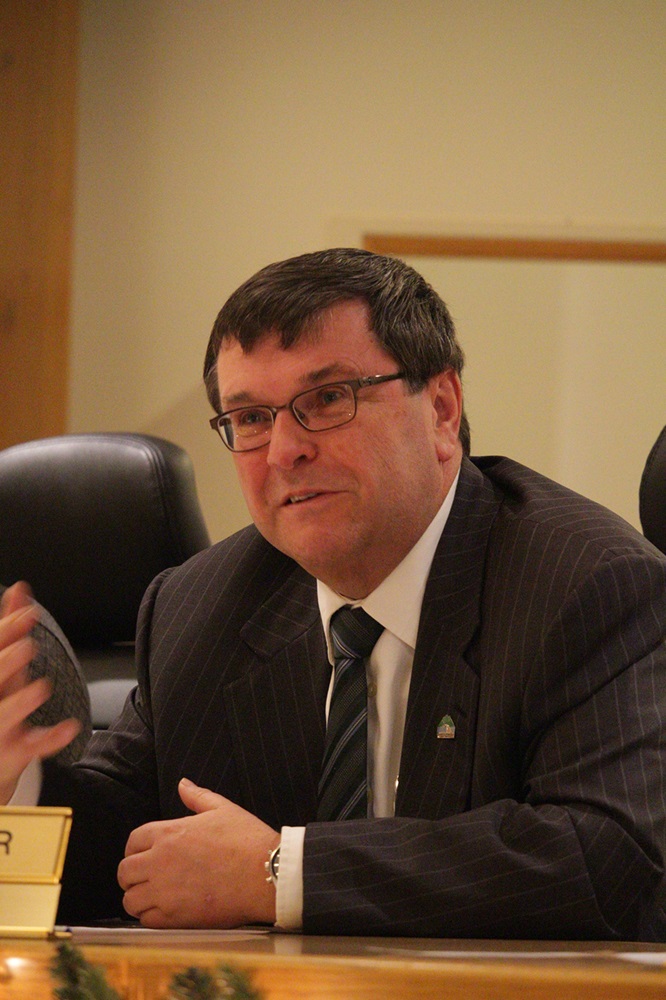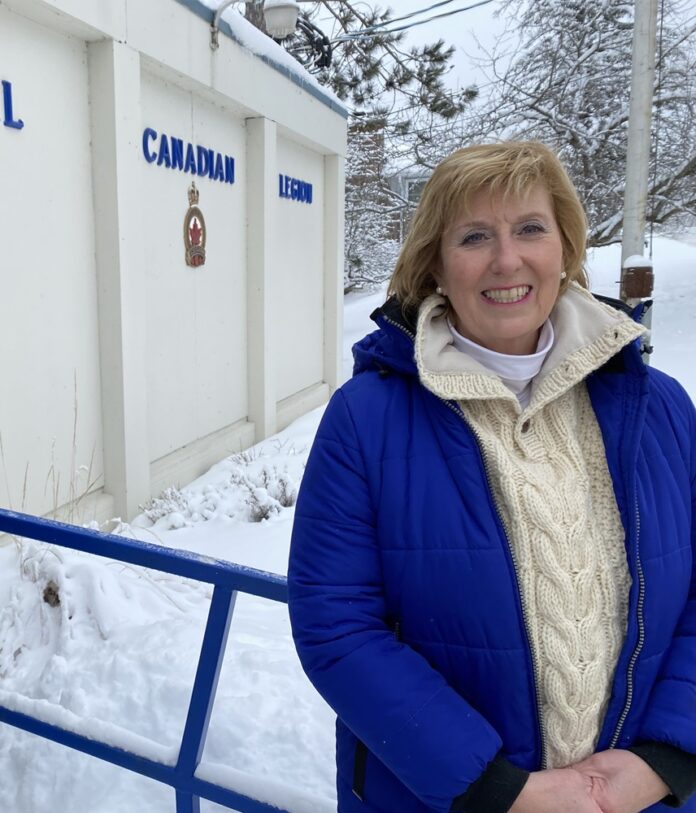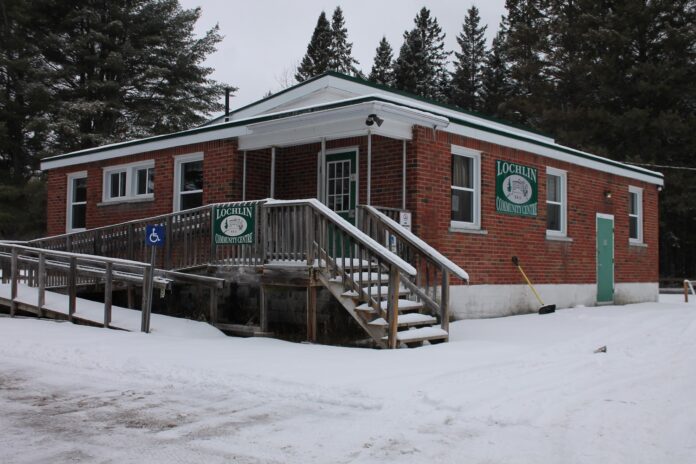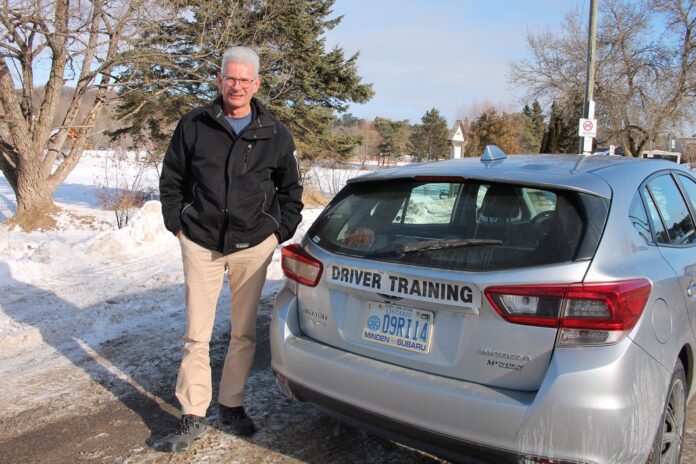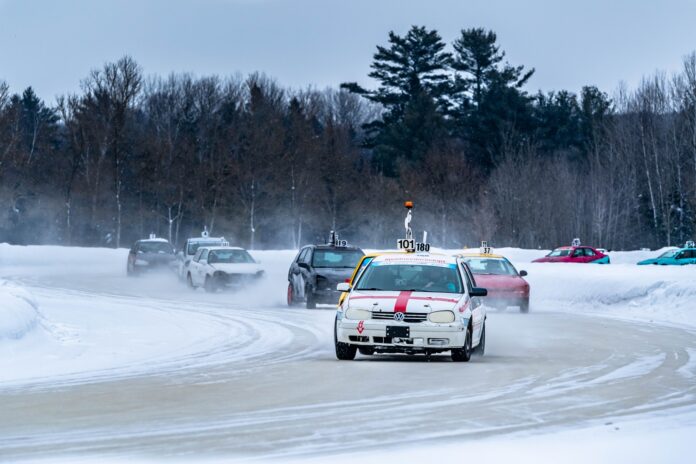Minden Hills mayor Bob Carter believes high construction costs and overprotection of tenants is why there’s been so little uptake in adding secondary housing units to properties in Haliburton County over the past couple of years.
In May 2022, premier Doug Ford unveiled the More Homes Built Faster Act (Bill 23), legislation allowing more than one liveable space on properties serviced by municipal water and sewer.
Algonquin Highlands, Dysart et al, and Minden Hills went one step further, each making amendments to their zoning bylaws to allow accessory units, including tiny homes, on rural properties. There are some caveats, notably that applicants must prove they have the necessary septic capacity to accommodate additional residences.
The new rules do not apply to shoreline properties. While Highlands East didn’t incorporate any new measures, junior planner Kim Roberts said things like basement apartments, granny suites and tiny homes have been allowed in certain areas since 2018, with nine applications between then and 2022.
Over the past two-and-a-half years, there have been 11 applications for additional dwelling units (ADU) in the County – three each in Algonquin Highlands, Dysart, and Minden Hills, and two in Highlands East,
Homeowners fearful of renting
“Lots of people think the world is going to change as soon as new rules are brought in… but people are still apprehensive about renting out part of their home, because of issues they may have heard about and protections in the Landlord and Tenants Act,” Carter said. “Taking on this kind of development is quite expensive, there can be insurance issues… it’s a difficult thing to do.”
Amanda Dougherty, Minden Hills planner, said additional units have been allowed within properties on municipal services since 2006. New regulations expanding those permissions to rural properties came into effect in February 2024.
The township’s chief building official, Eric Guay, said one additional dwelling permit was issued in 2023 and two in 2024. “We haven’t seen a surge of applications,” Guay said.
Jeff Iles, director of planning in Dysart et al, expressed disappointment at the lack of uptake, with the township hoping new rules would create much-needed housing.
New regulations were finalized in Dysart in March 2024, allowing secondary units on most non-waterfront properties facing onto a publicly maintained road. Units can be constructed above a garage, as a basement apartment, or as a separate dwelling. The maximum floor area of the new unit can be 75 per cent of the main dwelling.
Iles said Dysart has also eliminated the minimum floor area requirement for new developments, paving the way for tiny homes on rural and rural-residential lots.
There was one tiny home and two ADU applications last year.
“A lot of effort has gone into the policy changes to building more housing, starting at the provincial level and trickling down to each local government. I think we all expected and hoped for more uptake,” Iles said.
Mayor Murray Fearrey also blamed the high cost of construction materials. He said he’d heard horror stories from some homeowners, feeling the province needs to adapt the Landlord and Tenants Act.
“It’s very hard to evict people if they decide they’re not going to leave. They can stop paying rent and just be horrible tenants, but hide behind certain rules in the act. There’s nothing the owners can do, other than try to take it to tribunal, which also costs money,” Fearrey said. “Until we get some of that stuff fixed, I don’t think this is going to take off the way it should.”
In 2023, The Highlander spoke to Haliburton resident Ian Macnab, who received special permission to construct a secondary house on his Mountain Street property for his elderly mother-in-law. He said the option was very cost-effective, with the unit costing $130,000 and utilities around $200 per month.
“It would have cost us thousands of dollars each month to find somewhere else for her to live… I think this kind of arrangement is a great way for families to look after their seniors with a minimal ongoing cost burden,” he said.
Algonquin Highlands mayor Liz Danielsen feels the townships need to do a better job of getting the word out.
“I don’t know if there’s anything we can really do to make it easier. People have a lot of options now,” she said.
“I think we’re still in the recovery phase [after the pandemic]. People are being careful with their money. Though, being able to put up a second unit on an existing property, rather than developing on a new one, makes adding housing more cost-effective than it used to be.”
Carter said there’s no way County townships can afford incentives to encourage more applications. “We have no money locally to support this… the province famously downloads all sorts of things to us. I think this is something that, if the province wanted, they could come up with some funding programs. But again, there will still be some challenges around it beyond just money,” Carter said.
Other avenues
Danielsen, deputy warden at the County level, said discussions are continuing at the upper-tier on communal servicing – potentially paving the way for clustered multi-unit tiny home developments.
Representatives from Frontenac County addressed County council last September, saying it hoped to bring 10 new subdivisions kitted with centralized water and sewer systems online in the Kingston-area by 2033. The subdivisions will create more than 200 units.
Frontenac’s director of planning, Joe Gallivan, said at the time “if it fits well with us, I think it can fit well with you too.”
Carter, who also sits on County council, said there are issues around cost and liability. To offset those, the County is investigating creating a municipal services corporation to handle things like billing and maintenance.
“We are working on setting something up. It’s not going to happen overnight, but hopefully it will at least give us the administrative function so that if we do get a meaningful project come forward, we will be ready to go,” Carter said.


